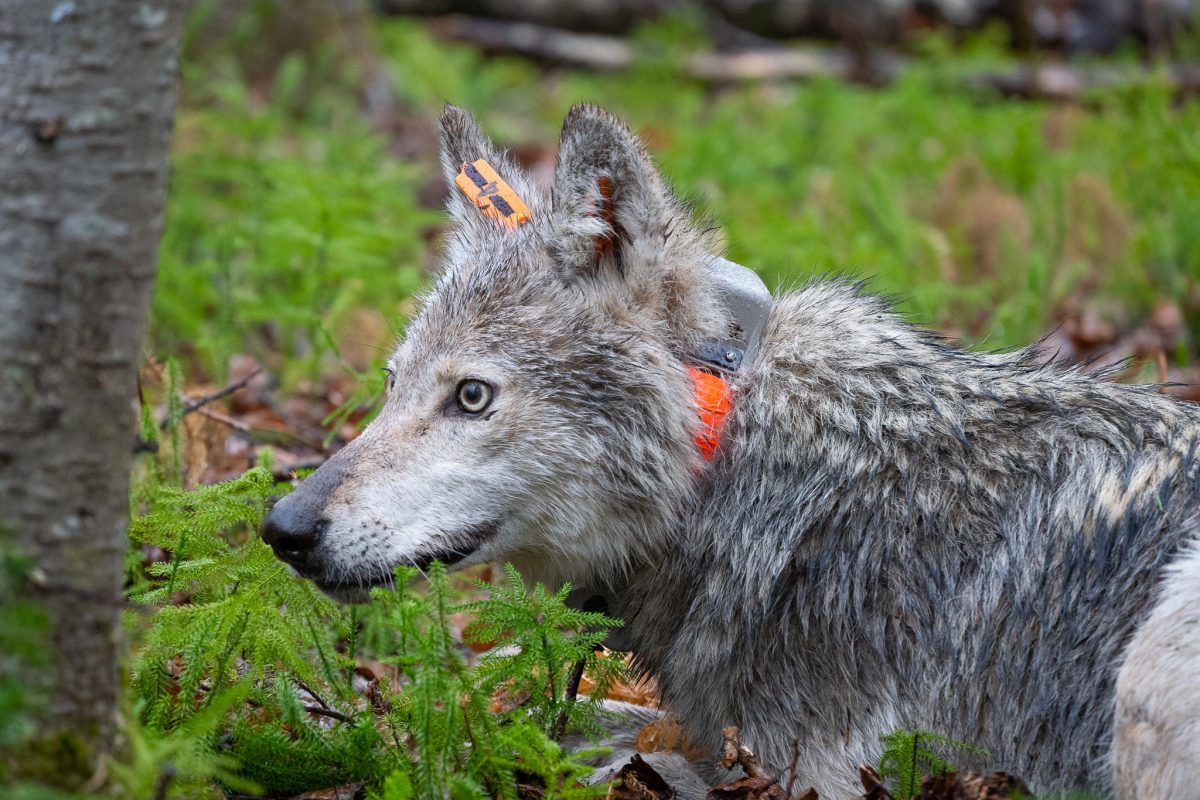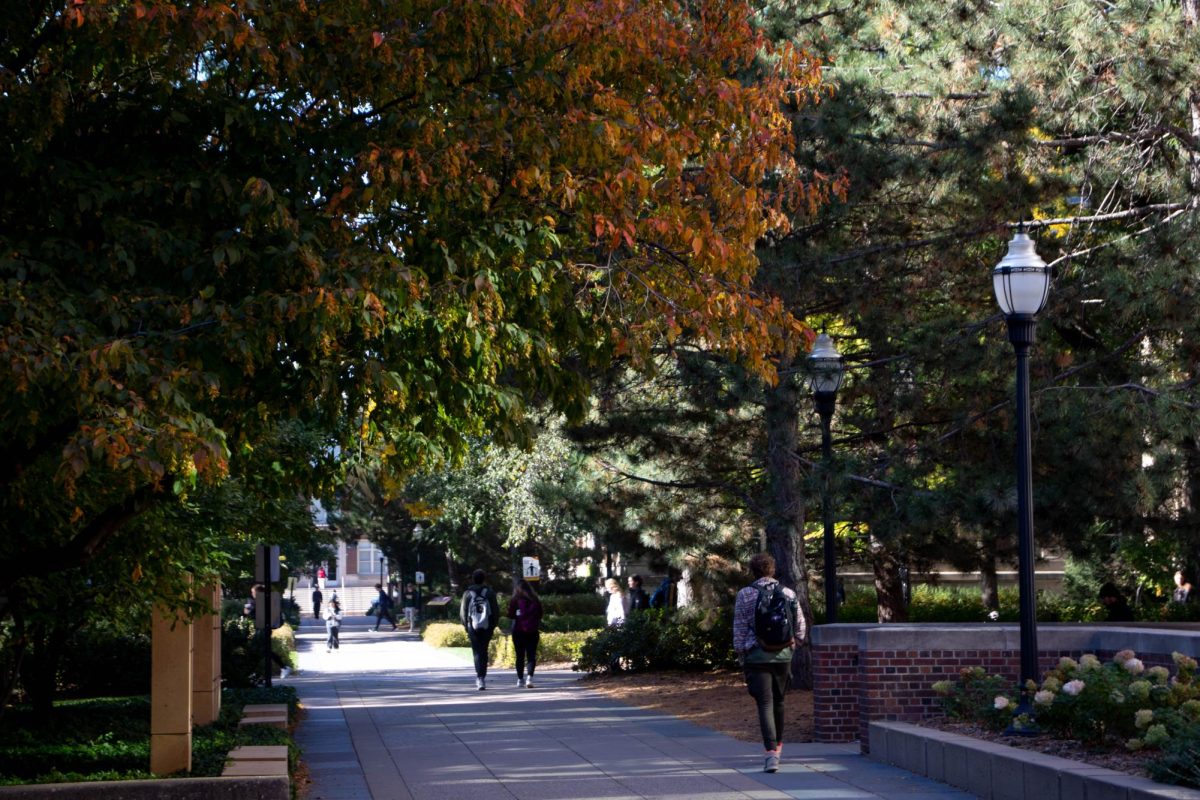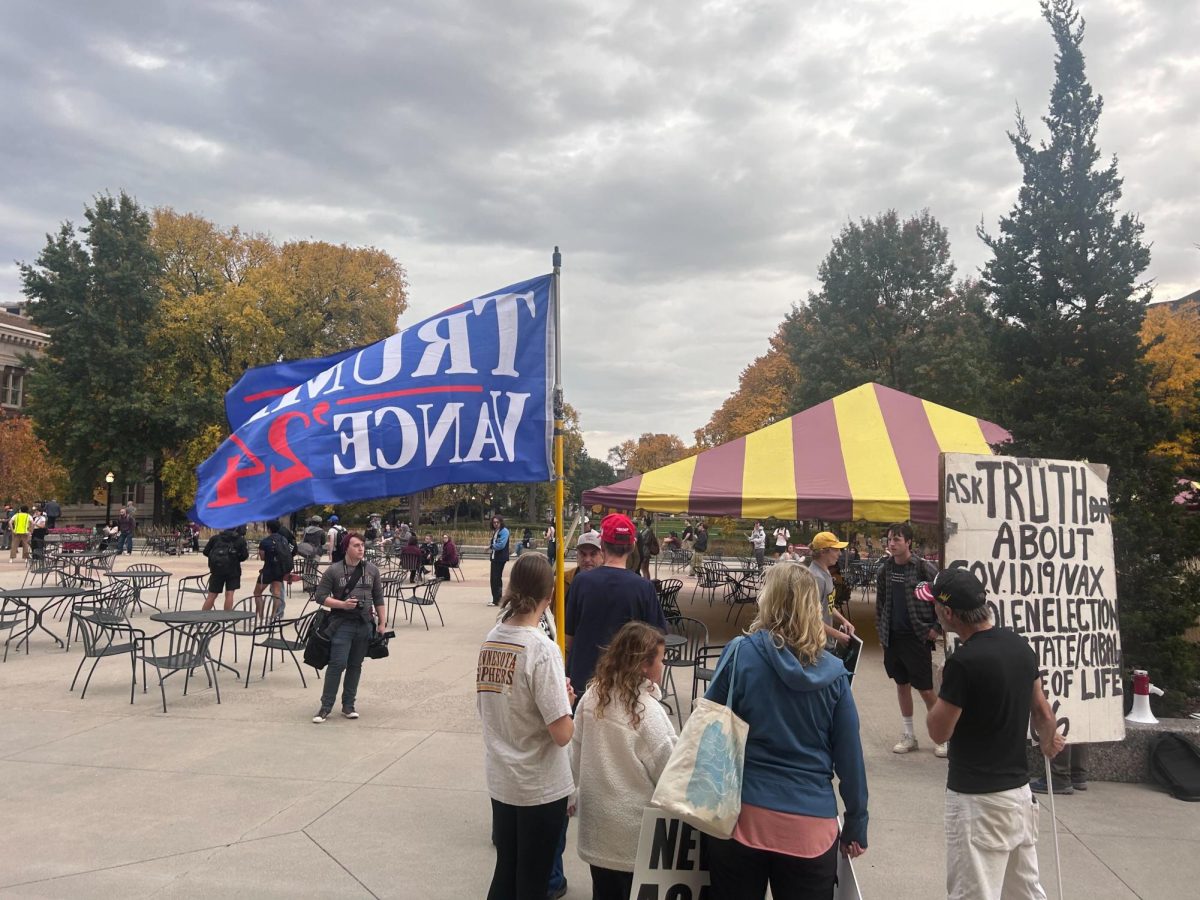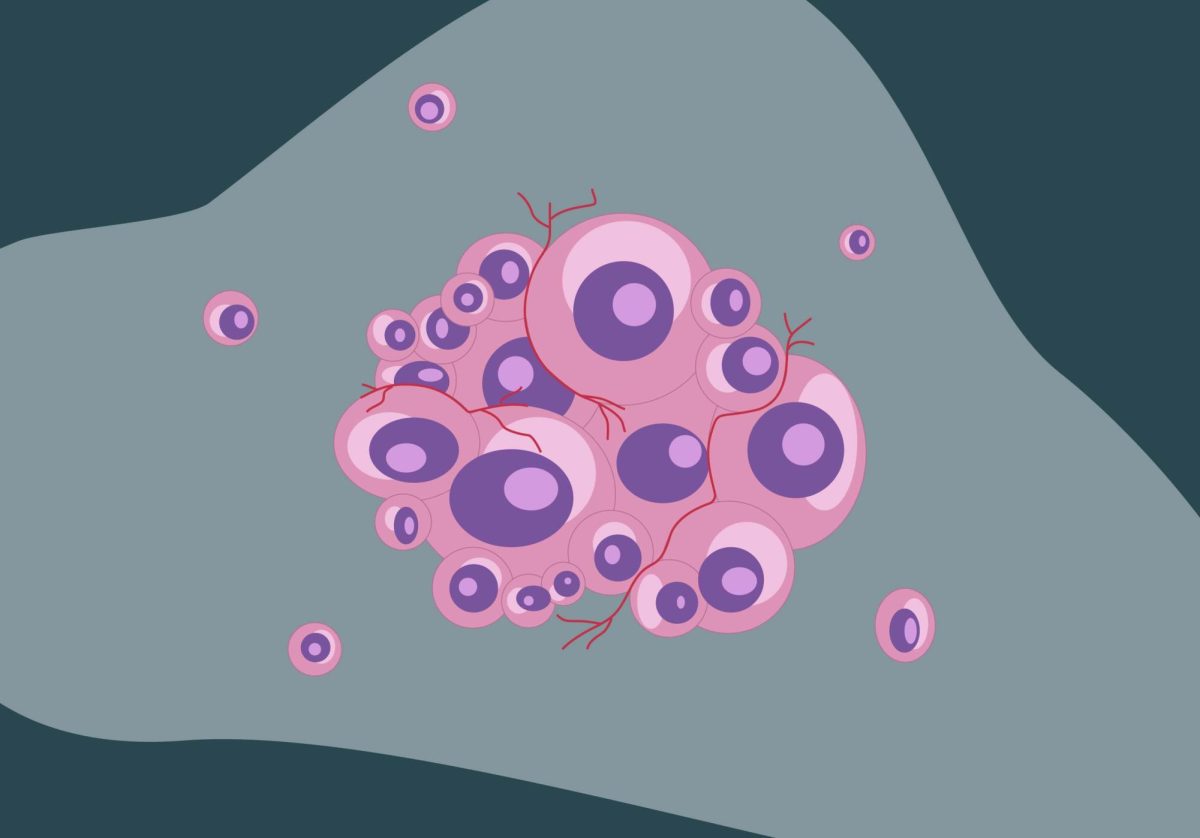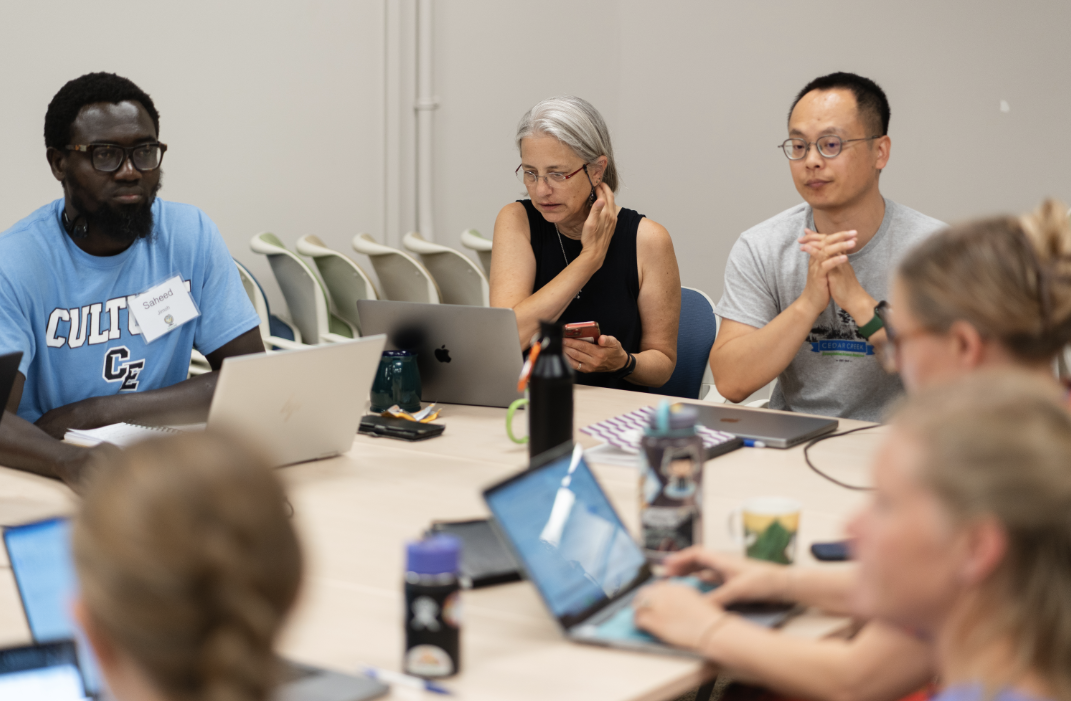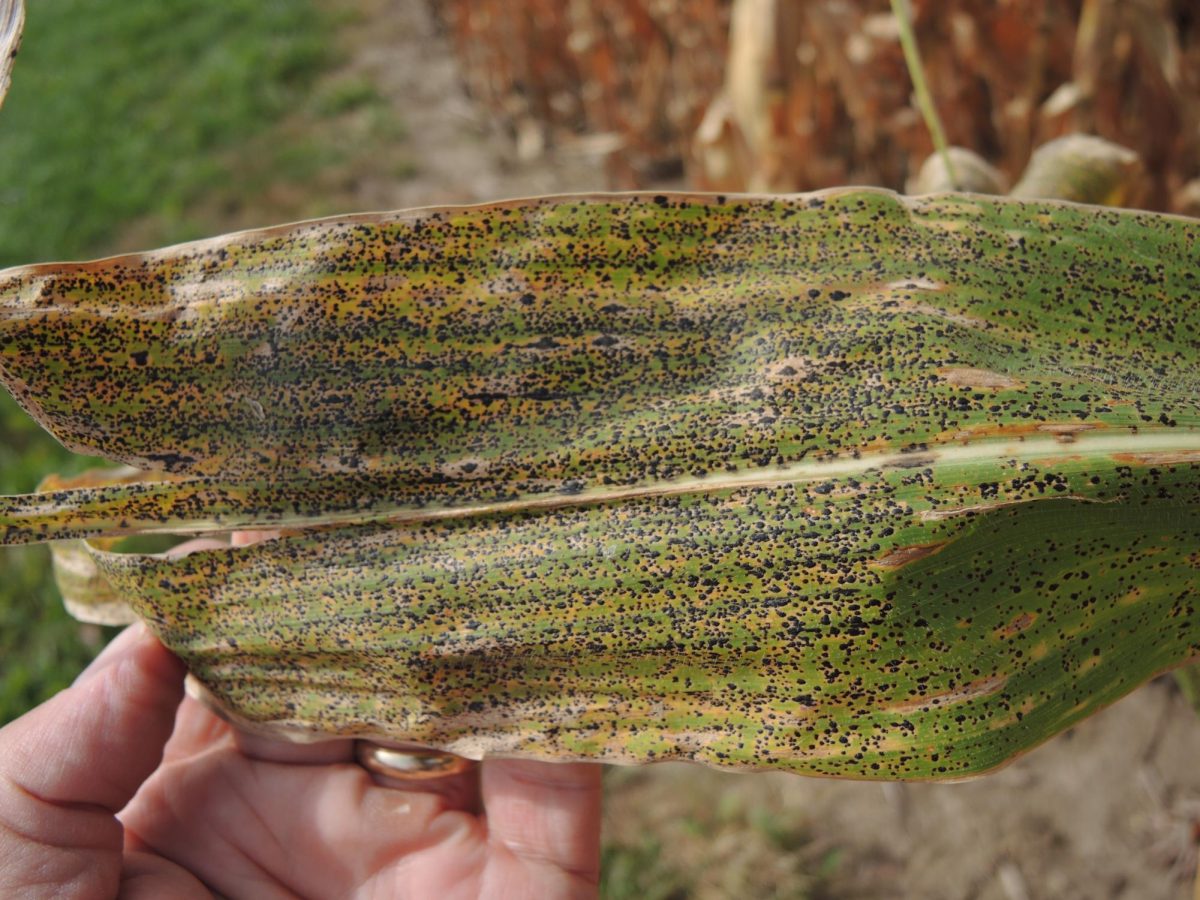The Voyageurs Wolf Project (VWP) published a new paper in the October 2023 issue of Ecological Applications, which examined wolves’ hunting patterns of deer in the Northwoods region of Minnesota and how humans may impact them.
Through this collaborative research, the most significant finding is human activities like logging, road and trail construction and all-terrain vehicle (ATV) riding in the Northwoods have changed the predator-prey dynamic between wolves and deer.
The University of Minnesota, the University of Manitoba, Northern Michigan University and Voyageurs National Park collaborated to conduct research, according to Joseph Bump, co-leader on the project.
Sean Johnson-Bice, co-author of the paper, said while this type of research has been done before, this is the first time it has been done successfully.
“One of the most striking things was the finding that we were actually seeing wolves killing deer fawns right near human infrastructure and resorts, and that is a pretty unusual finding,” Johnson-Bice said.
Wolves disproportionately kill deer in recently logged areas over other ones, according to Bump. He added this is likely because young plants growing back in these areas are a favorite food of deer, meaning they spend more time grazing in those areas which cues the wolves that this might be a good hunting area.
Tom Gable, the project lead for the VWP, said this research helps inform humans on how their activities can unintentionally influence their surrounding environment.
“People in their logging aren’t obviously doing it with the intent of influencing these interactions, but obviously they are doing it and so it helps us understand at least to an extent of how our [actions] might be having an impact on that interaction,” Gable said.
Wolves tend to kill deer around areas with human structures, like cabins and barns, which leads to deer being attracted through activities like feeding them, causing wolves to follow, Bump said. This finding contradicts existing research that hypothesizes the idea that humans provide protection from predators.
Wolves preferentially hunt along linear features such as roads or hiking and ATV trails, according to Bump.
“If you’re trying to walk through the woods, you’re going to try to find a path and wolves do the same thing, just like humans,” Bump said.
Data was collected through GPS collars on the wolves’ necks, Gable said. The collars allow researchers to see where the wolves are moving, which helps them understand the wolves’ hunting patterns.
One of the largest limitations of the study is that they are only able to get the wolves’ side of the story as the project does not have data on deer, according to Johnson-Bice.
“It’s a ton of effort, a ton of time and a ton of coordination to visit every single spot,” Gable said. “The highlight is that you put in all this work, all this effort. Then you end up with a published paper like this, where you start to understand larger patterns that are going on.”
Humans have unintentionally increased the wolves’ search area by building infrastructure, which allows the wolves to hunt more fawns, Bump said.
These findings, at minimum, give people insight into how humans are unintentionally influencing other parts of the ecosystem, Gable said.
VWP is more about observing than making decisions, according to Johnson-Bice. The team hopes natural resources and wildlife management departments will use the VWP’s research as guidance for policy-making.
While this research can feel far from home, the Northwoods area is an important recreational area for many residents of the Twin Cities, Gable said.
The VWP received grant money from the Minnesota Environmental and Natural Resource Trust Fund to conduct research, Bump said. He added VWP hopes to expand its research to the winter months as they traditionally have only focused on the summer.
“A lot of these things that we noted are happening on public lands, and public lands belong to every Minnesotan,” Gable said. “Every Minnesotan should have and be allowed to have a say in how our resources are managed, whether you’re in the Twin Cities or whether you’re up north.”


